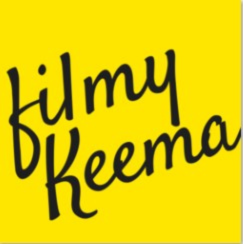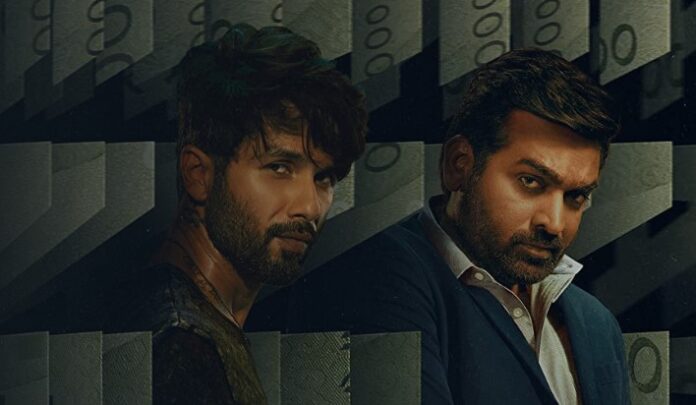“Farzi,” has hit the screens with an uncommonly generic plot, but a thrilling twist that keeps audiences hooked. The show follows the journey of Sunny, a struggling artist played by Bollywood heartthrob Shahid Kapoor, who decides to take matters into his own hands when his grandfather’s left-wing newspaper folds. Using a repurposed printing press, he begins to create counterfeit banknotes, which surprisingly prove to be a success.
However, this newfound success soon draws the attention of law enforcement, led by Tamil superstar Vijay Sethupathi, as well as a forensics expert played by Raashii Khanna and the mastermind behind a larger counterfeiting operation, portrayed by Kay Kay Menon.
The show’s co-creators, Raj & DK, have a strong reputation for creating engaging and entertaining content, and “Farzi” is no exception. The show’s location manager, Rahul Balmiki, works closely with the showrunners to find underfilmed locations in Mumbai, adding an extra layer of authenticity to the show. The chase scenes are well-choreographed and break up any exposition while showcasing the real, cash-strapped, and crowded Mumbai.
However, despite its strengths, “Farzi” falls short in several areas. The plot labors over details that do not need to be extended, leading to a slow pace that detracts from the overall enjoyment of the show. The show also fails to answer the question of whether the plot needs, or is best served by, eight hour-long episodes. This is in stark contrast to “The Family Man,” which found new situations to keep its story fresh and engaging.
“Farzi”: A Disappointing Take on a Well-Trod Tale
While “Farzi” is a thrilling tale, it does not bring a fresh perspective to the familiar plot. The show’s creators show their strength in collaboration and creativity, but the plot falls short of expectations, making it a missed opportunity for something truly unique.
“Farzi” is a prime example of a missed opportunity. The show had the potential to bring a fresh perspective to a well-trodden tale, but instead fails to stand out in a crowded market. While the plot may keep audiences entertained, it fails to add anything new to the conversation.
The show’s slow pace and lack of originality are particularly disappointing, as the creators of “Farzi” have a reputation for creating engaging and entertaining content. The show’s location shooting in Mumbai adds a layer of authenticity, but it is not enough to make up for the lack of innovation in the plot.
Overall, “Farzi” is a disappointing take on a familiar story, offering nothing new to the audience. While it may provide some temporary entertainment, it fails to leave a lasting impression.
The Farzi Story
The age-old practice of counterfeiting is at the center of Raj and DK’s latest series, “Farzi.” Although the story revolves around fake currency, the show offers a fresh take on this timeless concept. The creators of “The Family Man” have once again captured the attention of their audience with a compelling plot, exceptional acting, and entertaining dialogue, all of which are hallmarks of their style.
In “Farzif,” we follow the journey of Sunny (played by Shahid Kapoor), a Mumbai-based artist who feels disillusioned by the wealth gap in society. When his grandfather’s left-wing newspaper folds, Sunny takes matters into his own hands and enlists the help of his friend Firoz to create counterfeit currency that is so convincing, it is difficult to distinguish it from the real thing.
As Sunny becomes increasingly entangled in this criminal enterprise, he comes across Michael (played by Vijay Sethupathi), a tenacious police officer, and Mansoor Dalal (played by Kay Kay Menon), a master of counterfeiting. These two engage in a cat-and-mouse game, with Sunny’s art caught in the crossfire. Before long, Sunny’s motivations shift from a desire to honor his grandfather’s legacy to a thirst for wealth and power.
In “Farzi,” Raj and DK explore the impact of greed on an individual and society as a whole. Through its intricate plot and dynamic characters, the series delves into the dark and dangerous world of counterfeiting, challenging its audience to reflect on their own values and priorities.

